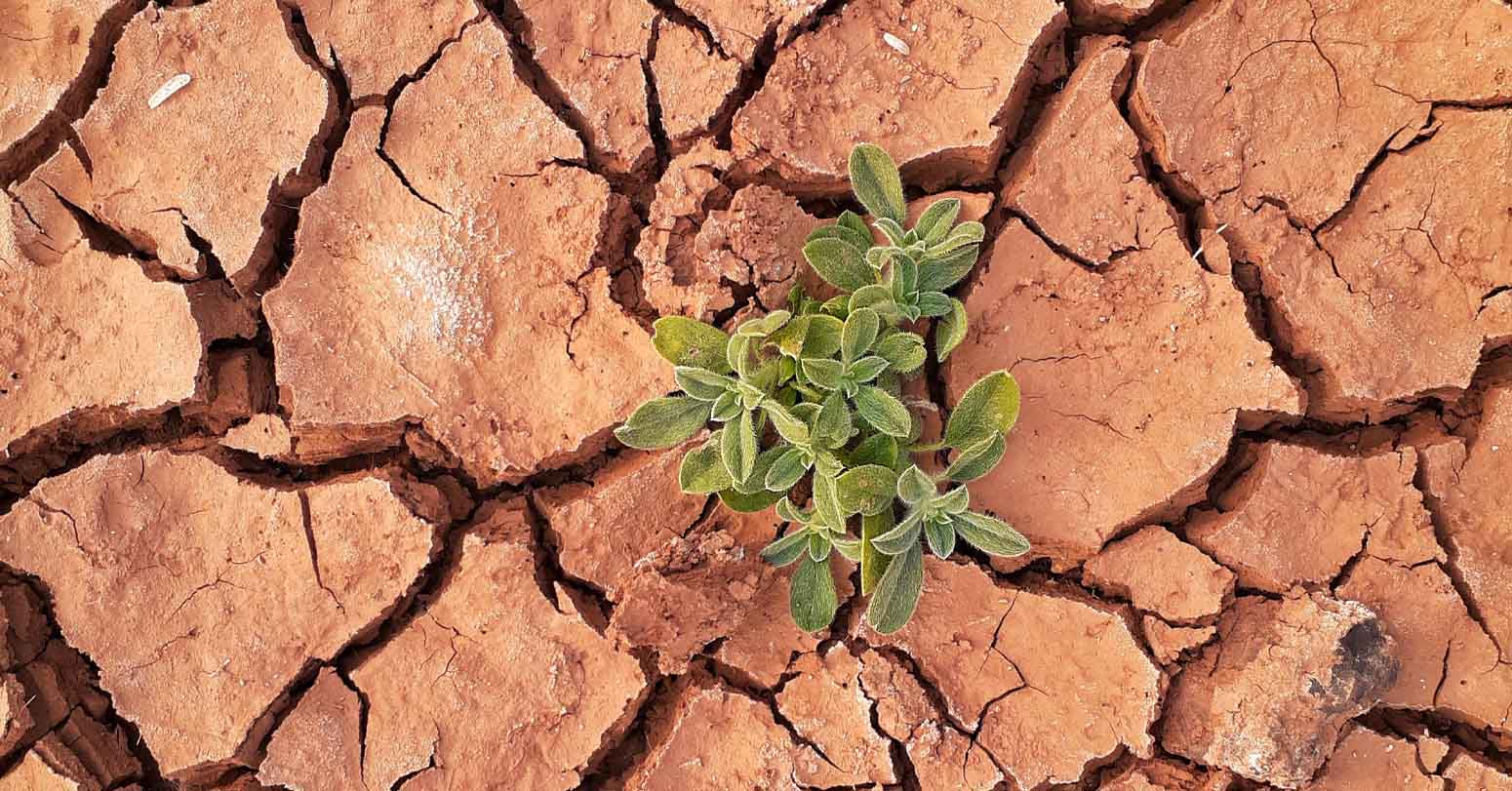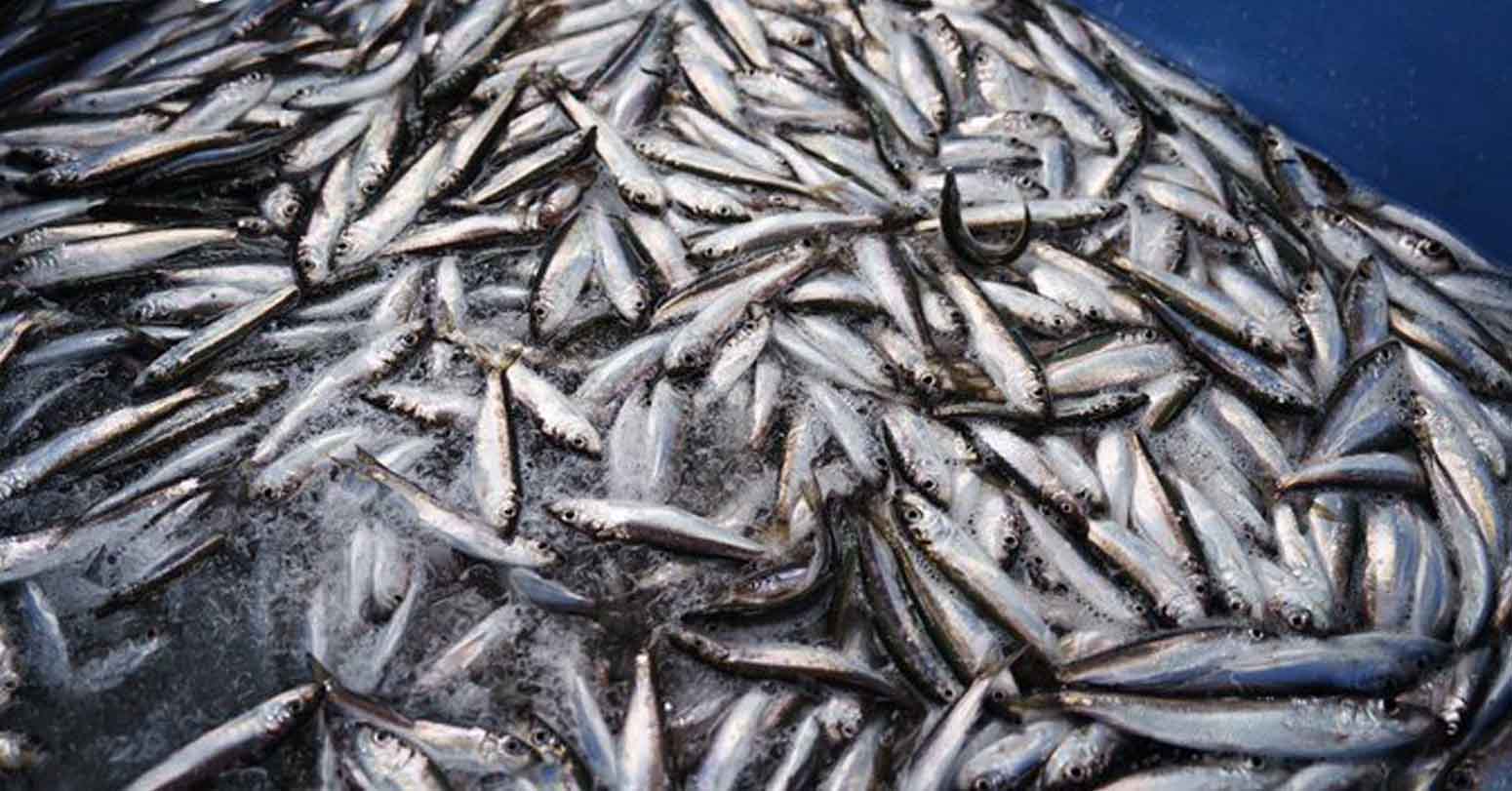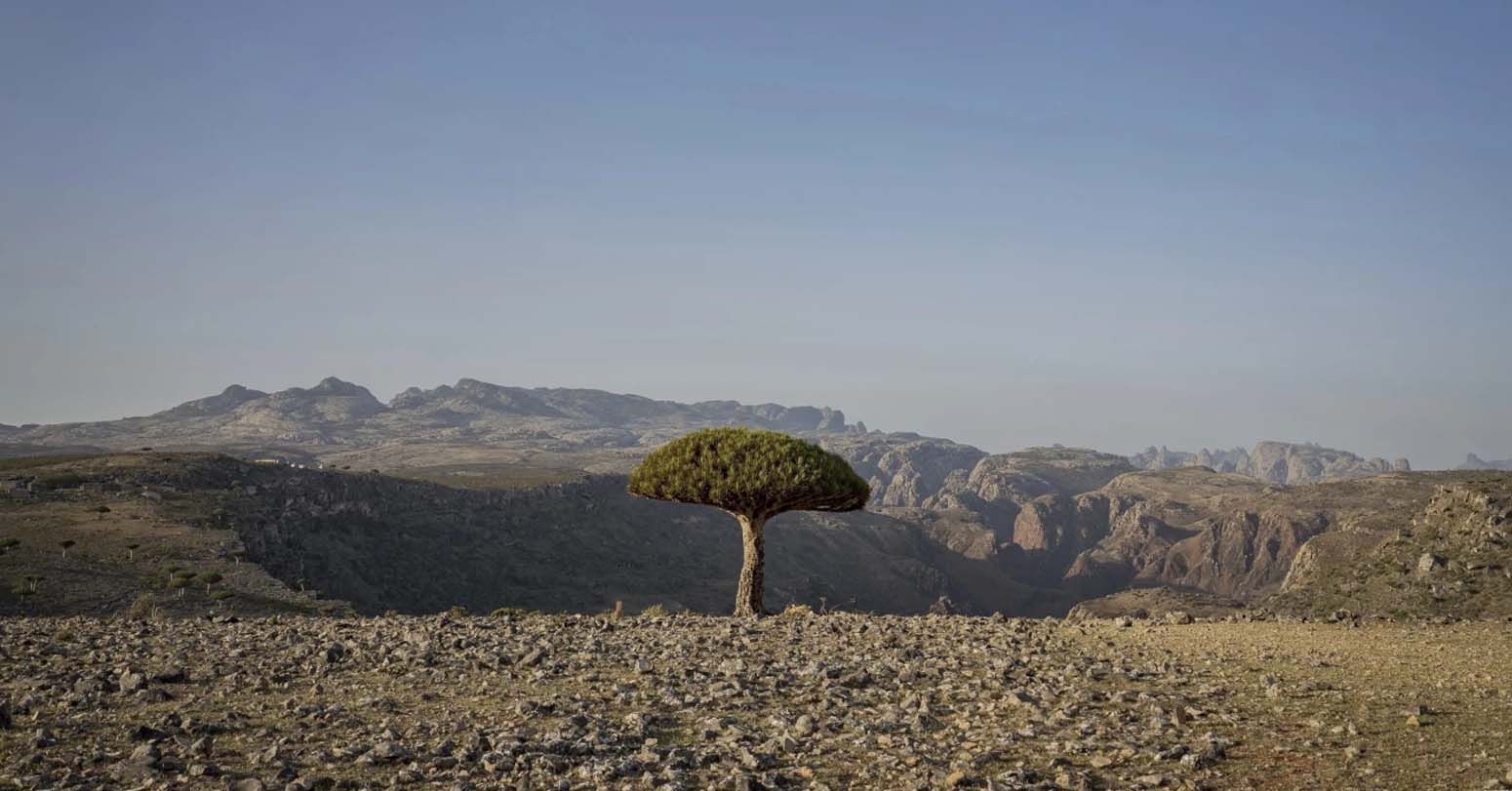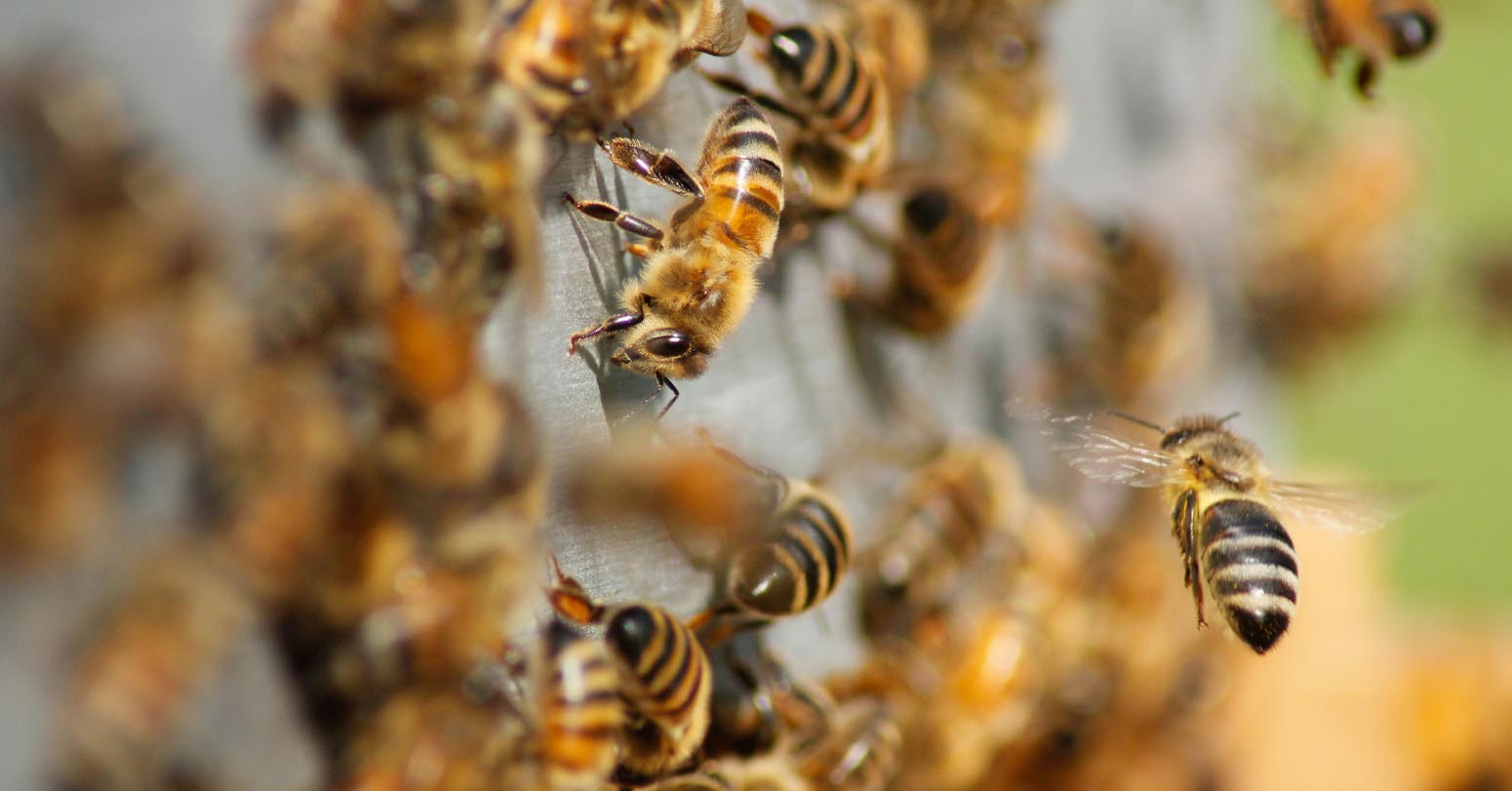
Global warming is significantly increasing the risk of major grain-producing regions being affected by extreme heat and drought at the same time, according to a study published Tuesday by the University of Hamburg.
For the study, researchers analyzed a wide range of climate simulations and found that a two-degree rise in global temperatures significantly increases the frequency of such events in key maize-growing regions compared to a 1.5-degree rise. In East Asia, the probability of extreme heat and drought phases has tripled, while in South Asia, it has doubled.
These events are also set to occur concurrently. "In Central Europe, East Asia, and Central North America, drought periods and high temperatures will increasingly occur at the same time in the future," said climate physicist Victoria Dietz, the study's lead author.
"Our models show that with two degrees Celsius of global warming, four or more of the world's major maize-growing regions could experience heat and drought at the same time every 14 years -- potentially causing devastating effects for both people and nature," Dietz added. Until now, such simultaneous extreme events were considered highly unlikely.
"At best, international trade can somewhat cushion the local crop failures. However, climate change is also weakening the market buffers. When many or even all major grain-producing regions experience extreme weather at the same time, there will be significantly less maize available globally," said Leonard Borchert, co-author of the study.
"Our work shows the urgent need to limit global warming to well below two degrees Celsius to reduce the risk of extreme crop failures. At the same time, local adaptation and the development of more resilient plant varieties are necessary to prepare for heat and drought," Borchert added.
-XINHUA



















Middle-aged man spends millions to
Dr. Dharam Raj Upadhyay: Man
Breathing The Unbreathable Air
Comprehensive Data Protection Law Critically
Gender Differences In Mental Healthcare
Erosion of Democracy